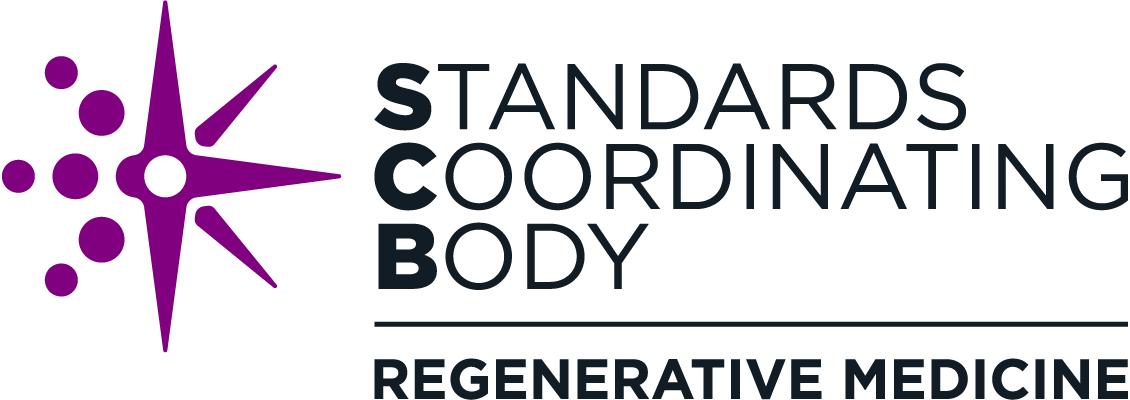Working Group Spotlight: Methods and Processes for Assessing Cell Identity
SCB is coordinating a working group in the development of a documentary standard on cell identification terminology and product-specific approaches to determining cell identity.
The Challenge
Accurate identification of cells ensures that the intended cells are incorporated into a therapeutic product, which is critical for enabling the success of the regenerative medicine manufacturing process and the safety and efficacy of the resulting treatment. However, there are multiple methods and processes for assessing cell identity, each with its own benefits, drawbacks, and special considerations.
Because the regenerative medicine field currently lacks a common framework for assessing cell identity, stakeholders are developing and validating their own assays, which do not always correlate with the efficacy of a therapy. This leads to inconsistency in quality and safety of therapies, as well as difficulty in comparing assay results among stakeholders.
Standards in this area could help researchers and product developers identify the most effective assessment approach for their use cases and better understand factors that could influence their findings, such as environmental variations and heterogeneity in cell population.
About the Working Group
The working group consists of approximately 14 stakeholders from industry, academia, and government, including those who took part in in initial feasibility discussions and those who joined later to participate in scoping and drafting the potential standard.
Working Group Process & Timeline
Need identified and prioritized: The regenerative medicine community identified and prioritized a need for standards on Methods and Processes for Cell Identity and Cell Line Authentication in SCB’s initial 2019 needed standards report (see the SCB Regenerative Medicine Standards Portal).
Additional sub-topic need identified by SCB/FDA: While the in-development standard ISO/CD 23511, General Requirements for Cell line Authentication will partially meet the need, SCB determined in consultation with FDA that a separate standard on cell identity is still needed.
Feasibility assessment completed: SCB organized a feasibility assessment in December 2021, which concluded that a standard for terminology and product-specific approaches to determining cell identity would be feasible to pursue.
Preparing to advance the standard for development: SCB began assembling a working group in early 2022 to draft the standard.
Accomplishments: Completed Pre-Development Phase of Standards Advancement
SCB’s coordination of this standard effort has helped catalyze the Pre-Development steps of standard advancement (identification of the need, prioritization, and feasibility assessment), which are necessary prerequisites to advancing the standard to a standards developing organization (SDO) for formal development.
Why It Matters
Once the standard is published, it will provide product developers with a framework for more efficiently developing and validating cell identity assessment assays. In addition, it will provide a resource for smaller startups who may not have the capacity to develop cell identity assessment assays in-house. The standard will also benefit academics involved in regenerative medicine therapy research, who can use the standard as a guide to better position their findings for translation.
GET INVOLVED
SCB is currently coordinating the working group as it refines the scope of a standard and prepares it to present to an SDO for development. The project working group is open to all new members with an interest in cell identity. Please contact SCB if you are interested in joining the working group.

